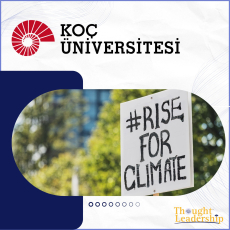With six out of nine planetary boundaries now exceeded, including biodiversity loss and water scarcity, the urgency for transformative action along value chains has never been greater. The case for regeneration goes beyond environmental preservation; it is also an economic imperative. Research shows that failing to address climate-related issues could lead to a 19% reduction in global GDP by 2050, a loss far greater than the cost of implementing restorative practices. Businesses that take proactive steps to regenerate ecosystems are already seeing the benefits. For example, Interface’s Net-Works program recycles discarded fishing nets into carpet tiles, restoring marine habitats and providing income for local communities. Patagonia’s regenerative organic certification program exemplifies how integrating environmental, social, and ethical standards can result in ecological gains and increased profitability, with the company’s sales quadrupling over the past decade.
Regenerative practices demand more than internal improvements; they require a value-chain-wide approach that engages suppliers, customers, and local stakeholders. Companies must prioritize the health of ecosystems over short-term financial metrics and invest in innovative partnerships to tackle localized challenges. As demonstrated by leading firms, regeneration does not mean sacrificing profits - it paves the way for resilience, collaboration, and a more sustainable future.
FULL ARTICLE HERE





